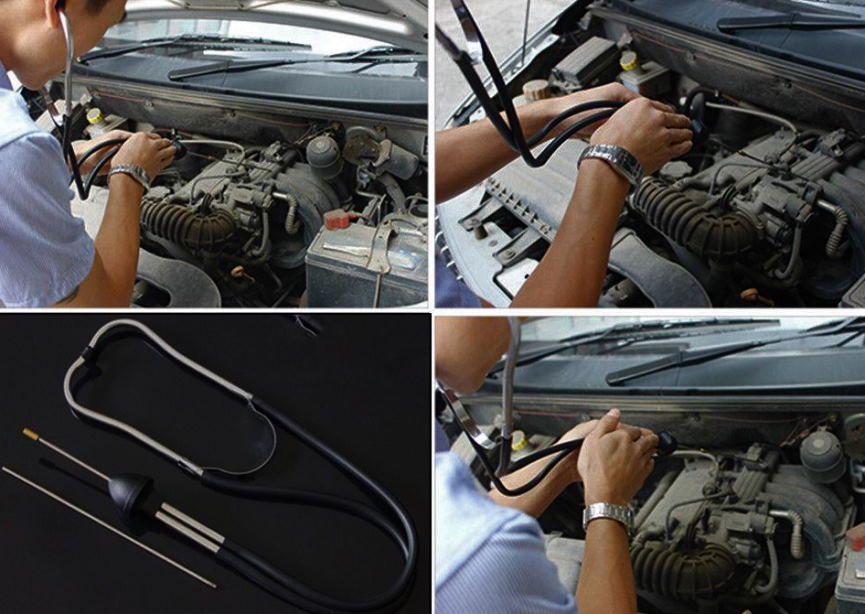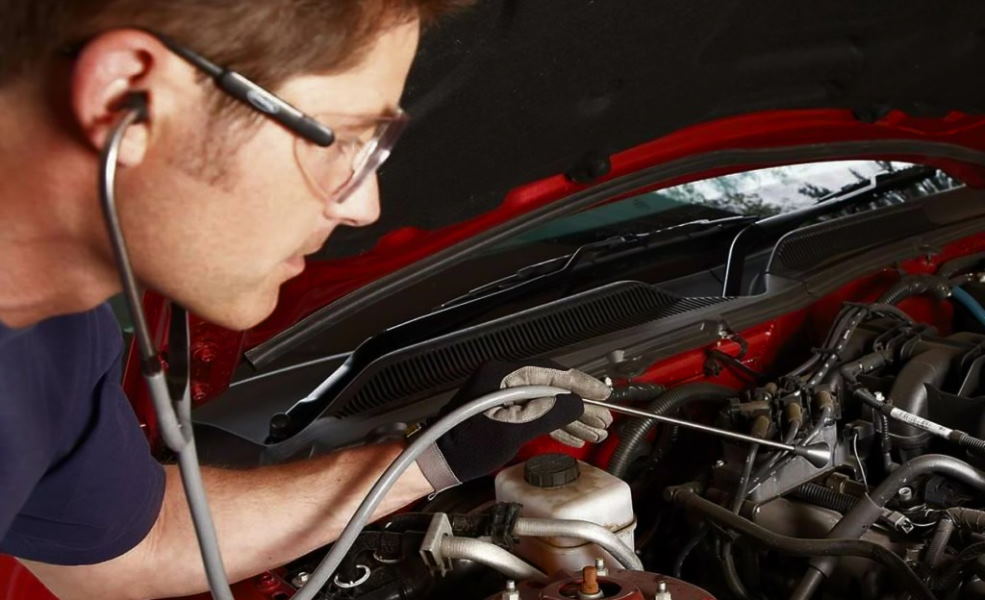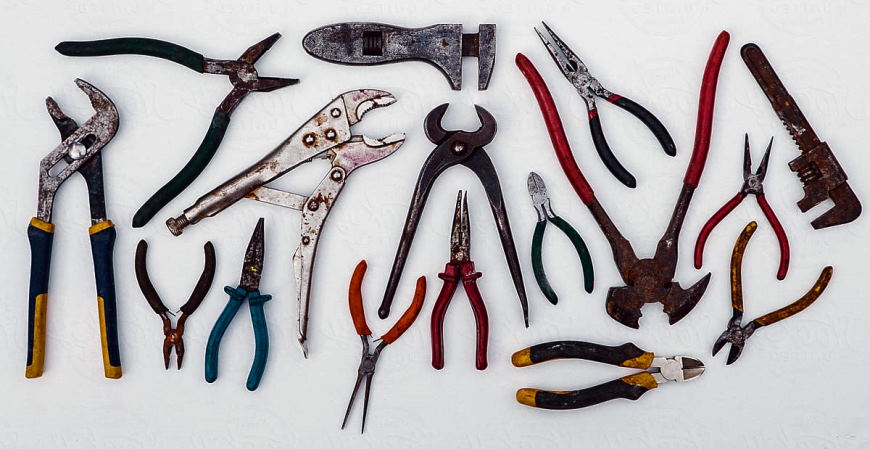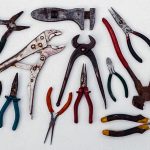How to Diagnose Car Problems by Yourself Using a Stethoscope

If you’re like most people, you probably aren’t mechanically inclined. You may not even know how to change a tire. But that doesn’t mean you can’t diagnose car problems on your own. All you need is a stethoscope and a little bit of knowledge about how cars work. This blog post will teach you how to use a stethoscope to diagnose car problems. We’ll also provide some tips on fixing common car issues yourself. So don’t be afraid to get under the hood! Your car will thank you for it.
Can a stethoscope be used to identify engine noise?
Most people take their car to a mechanic when they experience problems. However, there are some simple methods of diagnosing car problems by yourself, without going to a mechanic. Keep in mind that this is not an exhaustive list, and you should always consult a mechanic if you have any serious concerns about your car’s performance or health.

A stethoscope is a medical instrument typically used to identify body noises, such as heartbeats and breathing. However, can a stethoscope be also be used to identify engine noise? We will explore whether or not a stethoscope can be used to diagnose engine problems. We will also discuss some common engine problems that can occur in cars.
Many different engine noises can be identified while the engine is running. For example, different problems with the engine can produce various clicking, knocking, and rattling noises. However, it can be challenging to identify the source of these noises without experience. A stethoscope may help identify the location of a problem with the engine by amplifying the sound and allowing you to listen more closely. By identifying the source of noise, you may diagnose an issue with the engine more accurately.
Why would you use a stethoscope to check an electric motor?
A motor needs a stethoscope to check its health! What do you think is wrong with this statement? Absolutely nothing! It is an excellent analogy for how we should be inspecting electric motors. Like our bodies, motors have different parts that need to be healthy for the whole machine to run smoothly. So, let’s explore how to use a stethoscope to check electric motors and keep them running like new.
The simple answer is that you won’t. A stethoscope or any other noise monitor, such as a small handheld acoustic monitor, can be used to determine if an electric motor has excess noise and the level of the noise it generates. To check for vibration and stress on an electric motor and its drive system, you would use one or more sensors capable of picking up these vibrations at different locations on the machine. Depending on what type of readout is needed, the information could be provided using a sound-level meter (SLM), vibrometer, or accelerometer. The best device for this application will depend on cost, ease of deployment, required accuracy levels, and how fast you need the data.








Comments disabled